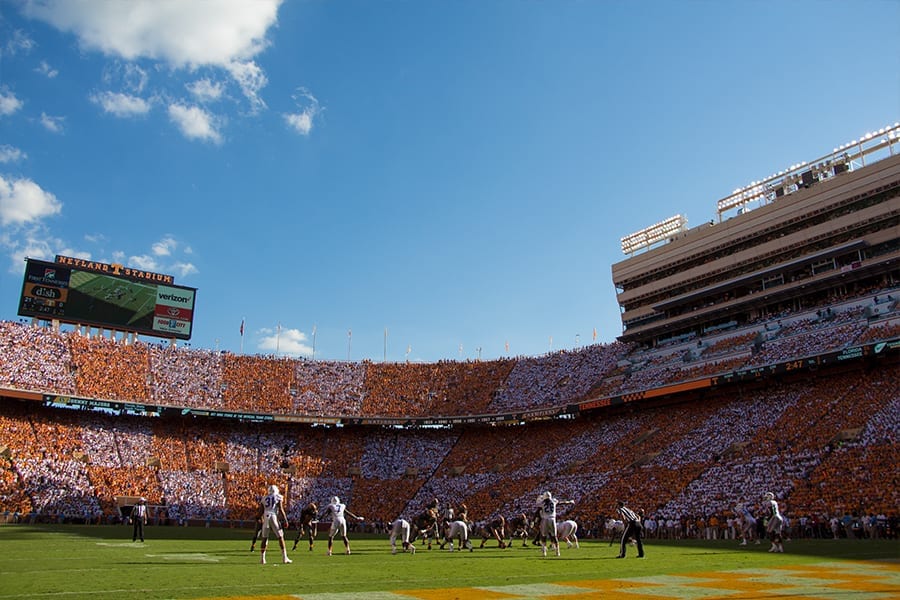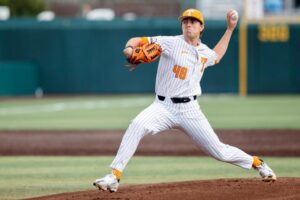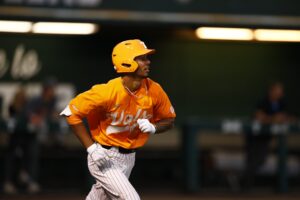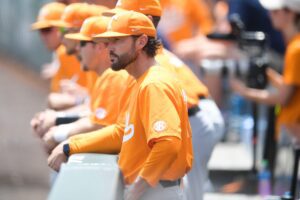SEC home-field advantages aren’t myths
The SEC holds some of the loudest and largest college football stadiums in the nation. It’s time to start respecting them.

Tennessee fans wore white or orange shirts to "Checker" Neyland Stadium on Sept. 24, 2016 in a game against the Florida Gators. Photo by Sumner Gilliam.
Home-field advantage is arguably one of the most undervalued edges in all of sports. If you have the crowd on your side — whether just a few hundred at a high school football game on a Friday night or over 100,000 watching a college football game — it can affect a game as much as the players in it.
The SEC has some of the most insane fans in the entire country. Venues like Alabama’s Bryant-Denny Stadium, LSU’s Tiger Stadium, Tennessee’s Neyland Stadium and Texas A&M’s Kyle Field all have a capacity of over 100,000. Visiting teams do not just waltz into these coliseums and expect to win.
Tiger Stadium in Baton Rouge has been dubbed “Death Valley” for good reason. Since former head coach Les Miles was hired in 2005, the Tigers have gone 70-10 at home, a win percentage of .875. Death Valley is even scarier at night. The Tigers are 52-5 at home night games in that same time span, raising the already sky-high win percentage to .912.
No other atmosphere in college football (or any sport, really) can compare to Tiger Stadium. They have an actual tiger in a cage. Sure, a bulldog or an alligator can be menacing, but both Uga and Albert look like a fly on the wall compared to Mike the Tiger.
Since Miles was hired in 2005, the only other SEC stadium even in the same conversation as LSU in terms of having a landslide home-field advantage is Alabama’s Bryant-Denny Stadium. Since then, only 3 teams not named Alabama have won a night game in Bryant-Denny. One of those teams, believe it or not, was a Les Miles-coached LSU one. A lot of this can likely be attributed to Nick Saban being a college football demigod, but whatever his secret, it works.
Texas A&M has not been quite as intimidating to play at as Death Valley or Bryant-Denny, but the Aggies have traditions that can intimidate even the toughest athletes. College Station, Texas, is home to the “12th Man,” a term used to describe how crowd noise can affect a game there. The noise those fans make is like nowhere else. And with a stadium as large as Kyle Field, they can do more than just be loud. After recent renovations, Kyle Field is able to hold a capacity crowd of around 102,500, just edging out Tennessee’s Neyland Stadium for the title of the largest stadium in the SEC.
Speaking of Neyland Stadium, Volunteer fans can get pretty loud as well. Just ask the Florida Gators.
Earlier this season, Florida’s starting quarterback Luke Del Rio suffered an injury a week before they headed up to Knoxville. The Gators decided tp start graduate transfer Austin Appleby from Purdue. He wasn’t afraid of the hostile crowd in Tennessee.
“I’ve been to Nebraska. I’ve been to Ohio State. I’ve been to Michigan State,” Appleby said. “All the stadiums are the same.”
Let’s take a step back in time for a minute. When Oklahoma came to Tennessee in 2015, the crowd broke the noise record at Neyland Stadium, registering a deafening 114 decibels at one point. To put that into perspective, planes on an airport runway register at around 120 decibels.
Despite that fans can almost cause physical pain (roughly 125 decibels), some players still do not believe in the home field advantage. Take former Oklahoma center Ty Darlington, for example. In his blog Front and Center, he told how one night in Tennessee changed his entire perspective on crowd noise.
“The noise was a constant, oppressive force. I could literally feel it on my skin. But these fans weren’t just loud on the first drive. Or just on 3rd down. Or just in the fourth quarter. It was every. single. play. On the offensive line, we couldn’t hear [quarterback] Baker [Mayfield]’s play calls, we couldn’t make our own combo calls, and we couldn’t communicate checks and alerts verbally. We resorted to a makeshift hand signaling system that was at times more confusing than informative. At times, we were much more worried about simply KNOWING the play than we were about actually EXECUTING it. That night in Neyland Stadium, playing football seemed all but impossible, and that can be attributed as much to the men and women in the stands as to the uniformed men on the field itself. That night, as I boarded the flight back to Norman with Rocky Top ringing in my ears, I realized that I had been converted. From a man skeptical of fan impact, to a man in awe of it,” Darlington wrote.
Fast forward back to present day and Austin Appleby. To give him credit, he did a lot to quiet the “Rocky Top Rowdies” in the first half, going into the locker room with a 21-3 lead. However, when he and the rest of the Gators came back out for the third quarter, it was a completely different story. All it took was a couple early three-and-outs for the Tennessee defense and a Jalen Hurd touchdown to completely change the course of the game.
Florida gained only eight yards of offense in the entire third quarter. Tennessee’s offense was clicking, and the fans were creating a wall of sound. Tennessee outgained Florida 314 yards to negative nine at one point in the second half. Tennessee went on to win 38-28.
Todd Kelly Jr., a junior safety for Tennessee, said after the game “it felt like we were taking their souls, really.”
Like Darlington, Appleby had a change of heart towards the impact of the crowd after all was said and done.
“Their crowd got right back into it when their offense got it going. I think their defense and pass rush, especially, started feeding off of that,” Appleby said.
“I think it had a lot to do with their crowd.”
Edited by Nathan Odom
Featured image by Sumner Gilliam
Matt is a sophomore journalism and electronic media major at the University of Tennessee. He enjoys watching any and all sports, and is an active member in the Pride of the Southland Marching Band. Follow him on twitter @mattraymond271



